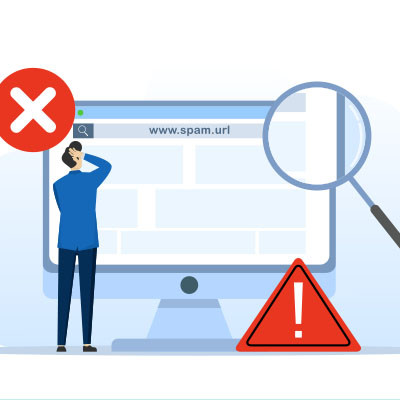ImageSys LLC Blog
Choosing the right antivirus solution for your business can be confusing, especially with products that have similar names. Microsoft offers two distinct versions of Defender: Windows Defender and Microsoft Defender for Business. Let's break down the differences to help you make an informed decision.
It’s easy to take something you use every single day for granted. That’s something that a lot of car dealerships are feeling right now, as one popular automotive dealership software platform has been down for several days due to a cyberattack.
You don’t realize just how critical your line of business app is until it’s suddenly not available and you can’t do the work you used to do. Here’s the story.
Encryption is a vital tool for small businesses to protect their sensitive data from hackers. At its core, encryption converts readable data into an unreadable format using a specific algorithm and an encryption key. This means that even if a hacker gains access to the data, they cannot understand it without the corresponding decryption key. This layer of security is crucial for small businesses, which often handle sensitive customer information, financial records, and proprietary business data. By encrypting this data, businesses can ensure that it remains confidential and secure from unauthorized access.
In a recent global law enforcement operation, authorities dismantled a colossal botnet that had been operating for nearly a decade. The U.S. Justice Department has accused YunHe Wang, a 35-year-old from the People’s Republic of China, of creating and spreading malware that infected millions of Windows computers worldwide. This malware formed a vast botnet known as 911 S5. Wang allegedly sold access to the compromised IP addresses to other cybercriminals, amassing millions of dollars.
For those of you who are fans of American football, you are familiar with the interception. When your team’s quarterback throws a pass that ends up in the other team's possession, it can be one of the most frustrating plays for a fan. Let’s discuss the man-in-the-middle (MitM) attack, which is effectively a hacker intercepting data as it is passed from one person to another. Let’s get into it.
It’s hard to vouch for the idea that someone is constantly being attacked by cyberthreats when there is no real tangible evidence to support this notion. People won’t trust words of warning against threats that they cannot see and won’t feel threatened by them until they’re knocking on their door. Today, we want to discuss how you can turn around these challenges, particularly when it comes to training your staff on the importance of cybersecurity.
Many businesses rely on multifunctional printers to get things done. Unfortunately, they can be a gateway for hackers to infiltrate your business and steal its data and resources. It’s important for any organization to do what they can to protect their users and data so, in today’s blog, we’ll go through some of the things you need to know about protecting your networks from printer-based vulnerabilities.
You might wonder how your business can possibly stand up to the countless cybersecurity threats out there, as even with training for your employees, it seems likely that something bad will happen eventually. This defeatist attitude isn’t necessarily productive, and it’s actually one that your team might embody if you don’t frame your training in the right way. Let’s look at some ways you should not bring up cybersecurity training and why you might be inadvertently sinking your successes.
Data security is an ongoing challenge, given the evolving tactics of hackers and scammers. IT administrators face a complex situation as these threats become more sophisticated. Employing security measures such as multi-factor authentication (MFA) or two-factor authentication (2FA) has emerged as an effective means to enhance organizational data protection. In this discussion, we will go into the advantages of this approach while acknowledging its limitations in providing comprehensive security.
We know that living in a constant state of fear of being scammed is not ideal, but it’s the unfortunate reality of living in today’s technologically advanced world. The good news is that it’s never too late to learn how to avoid them! Let’s discuss how you can be more aware of the challenges of scams not only in a business setting, but in everyday life.
We’re always telling people to avoid clicking on suspicious links, but the bad guys are making it harder to tell the difference between a legitimate URL and a suspicious one. We’re going to try to simplify it for you, and have you focus on the placement of a single punctuation mark in a link to tell if it might be safe or dangerous.
Against all odds, remote work has been gradually accepted, but regardless of how your organization does it, it would be imprudent to overlook the obvious cybersecurity risks presented by remote work. Let’s take a look at the essence of zero-trust security and explore why it has evolved into the standard that organizations of all sizes should adhere to.
With the holiday season upon us and online shopping surging, instances of scams targeting the popular e-commerce platform Amazon have become increasingly common. The majority of these scams involve impersonation tactics, posing a significant threat to unsuspecting users. With the festive season underway, it's crucial to be aware of the types of Amazon scams prevalent and take measures to avoid falling victim to them.




















